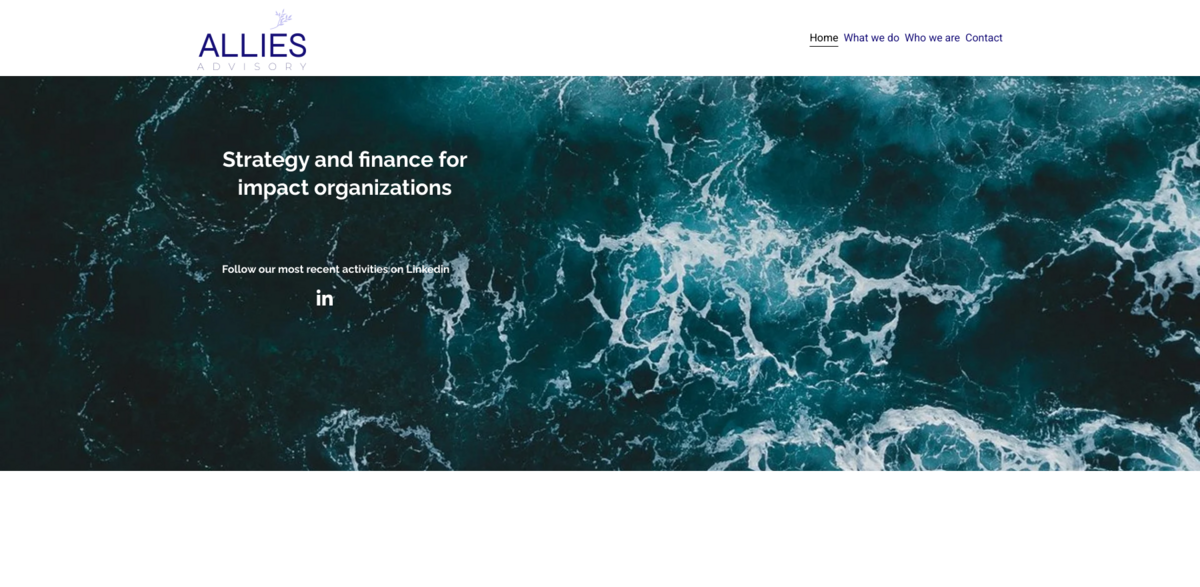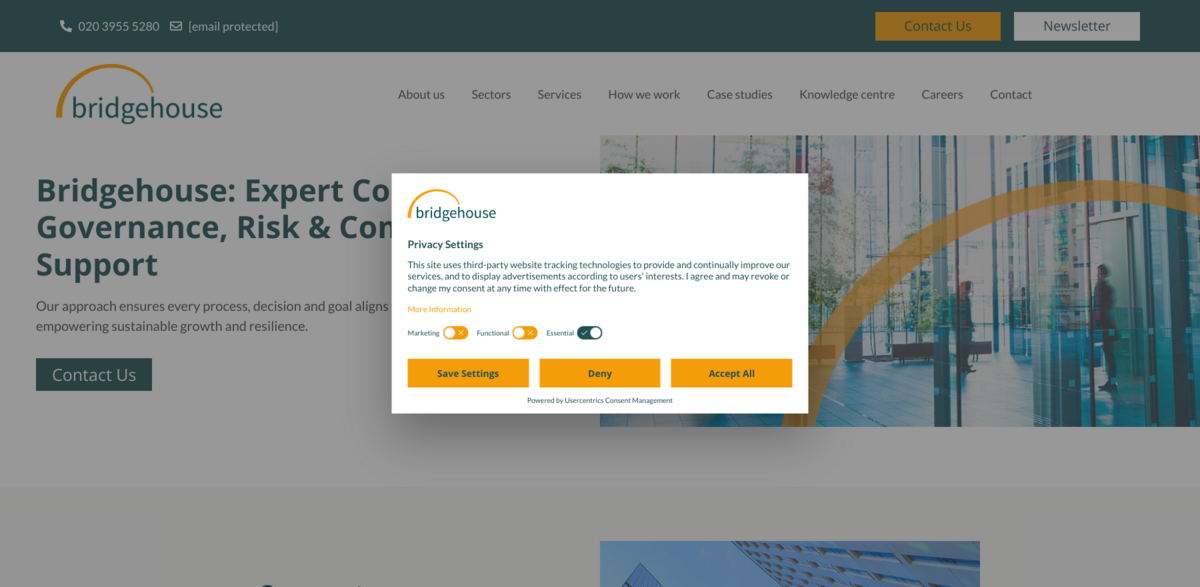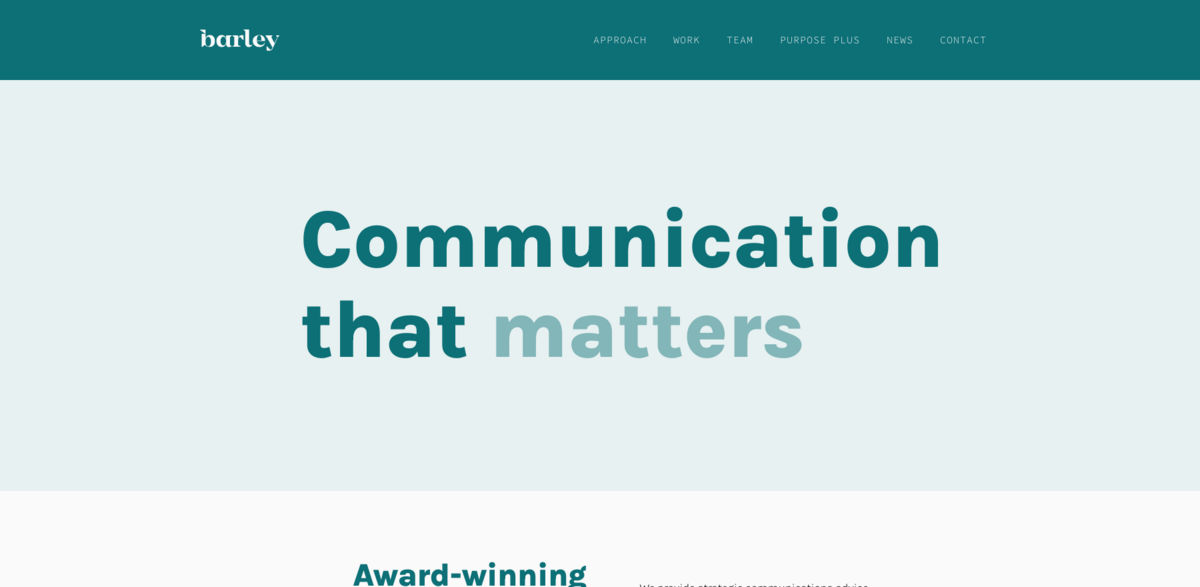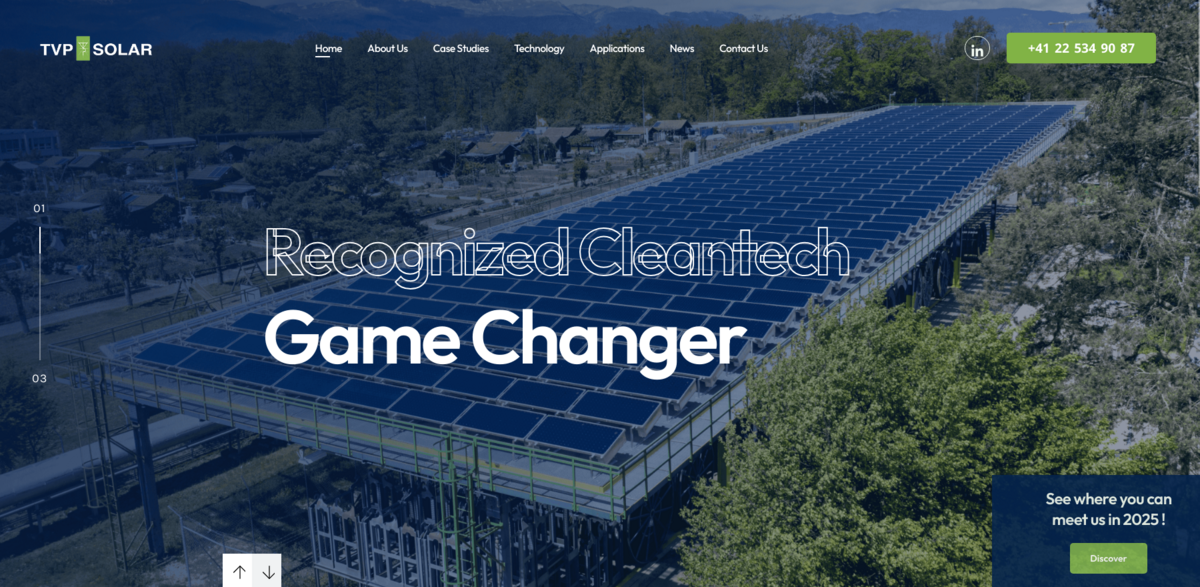What Is Strategy and Finance for Impact Organizations?
Strategy and finance for impact organizations is all about blending smart business moves with a strong purpose. It’s not just about making money—it’s about making a difference. These organizations focus on creating positive social or environmental outcomes while ensuring financial sustainability. The approach involves careful planning, resource management, and financial strategies tailored to maximize impact without losing sight of the bottom line. It’s a balancing act, really, where mission meets money in a way that drives meaningful change.
Main Benefit of Strategy and Finance for Impact Organizations
At its core, this approach offers a powerful combination of purpose and performance. Here are some key highlights:
- Helps organizations align their financial goals with their social or environmental missions
- Supports sustainable growth by integrating impact measurement into financial planning
- Enables better decision-making through data-driven strategies
- Builds trust with stakeholders by demonstrating accountability and transparency
- Encourages innovation by linking resources to impactful projects
How Impact Organizations Navigate Financial Challenges
Impact organizations often face unique financial hurdles. Unlike traditional businesses, their success isn’t measured solely by profit margins but also by the value they create for communities and the planet. This dual focus means they need specialized financial strategies that accommodate both impact goals and operational needs. From securing funding to managing cash flow, these organizations must be agile and creative. It’s a constant juggle, but with the right strategy, they can thrive and scale their impact.
The Role of Strategy in Driving Impact
Strategy is the backbone of any successful impact organization. It sets the direction and defines how resources are allocated to achieve the mission. A well-crafted strategy considers market trends, stakeholder expectations, and potential risks. It also involves setting clear, measurable goals that keep the organization focused and accountable. Without a solid strategy, even the most passionate organizations can lose their way. So, it’s about more than just planning—it’s about steering the ship toward meaningful outcomes.
Engaging Stakeholders Through Transparent Finance
Transparency in finance isn’t just a buzzword—it’s a necessity for impact organizations. Stakeholders, including donors, investors, and beneficiaries, want to see where funds are going and how they’re making a difference. Open communication builds trust and encourages ongoing support. This means regular reporting, clear metrics, and honest conversations about challenges and successes. When organizations share their financial stories openly, they create a community of supporters who are invested in the mission’s success.
Project Impact and the Sustainable Development Goals (SDGs)
- SDG 1: No Poverty – Supporting economic empowerment through sustainable finance
- SDG 4: Quality Education – Funding initiatives that improve learning opportunities
- SDG 8: Decent Work and Economic Growth – Promoting inclusive and sustainable economic growth
- SDG 10: Reduced Inequalities – Addressing disparities through targeted financial strategies
- SDG 13: Climate Action – Investing in projects that mitigate environmental impact
Following the Journey: Stay Updated on LinkedIn
For those curious about the latest moves and milestones in strategy and finance for impact organizations, following their activities on LinkedIn is a great way to stay in the loop. It’s where updates, insights, and stories come together, offering a window into how these organizations evolve and make a difference. Check out their page at https://www.linkedin.com/company/allies-advisory/ and see the impact unfold in real time.





















